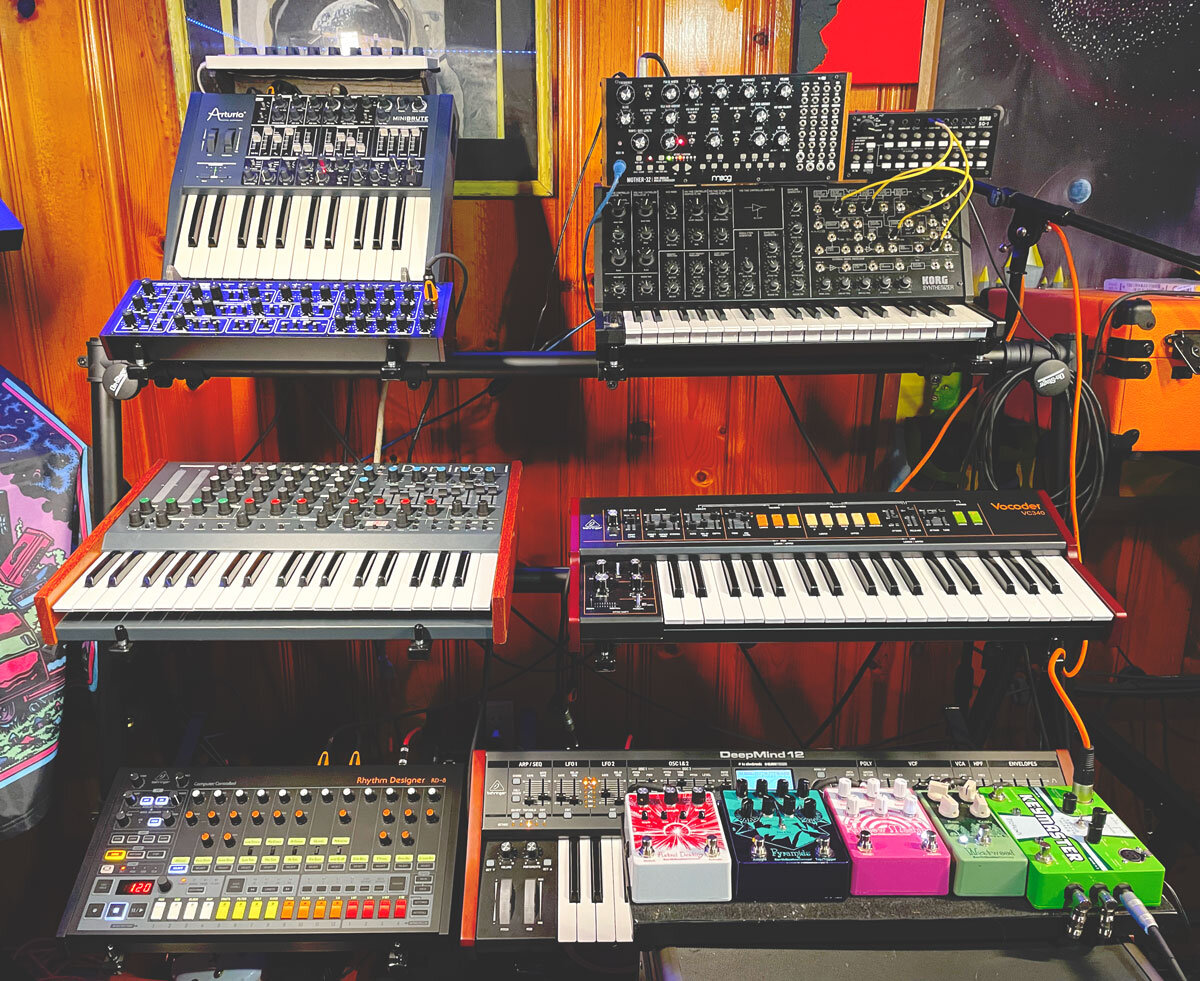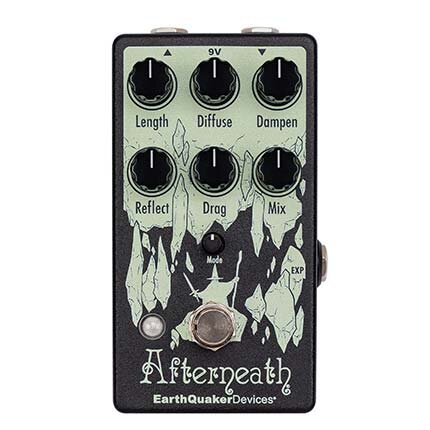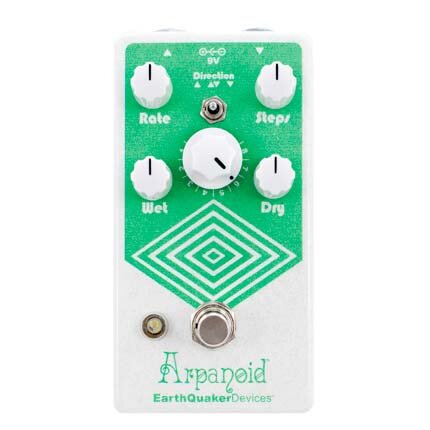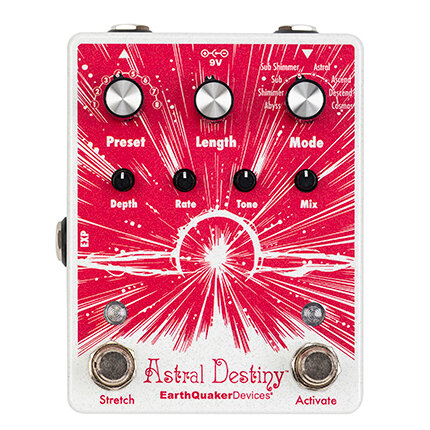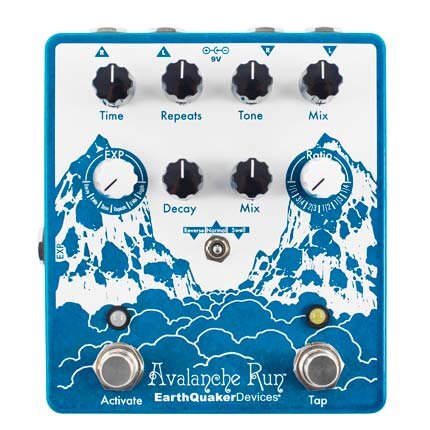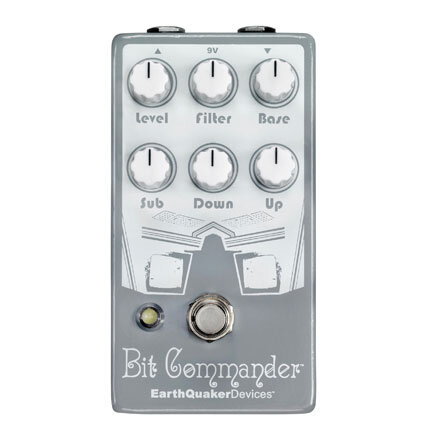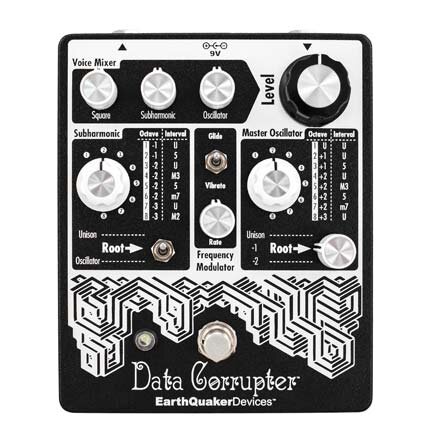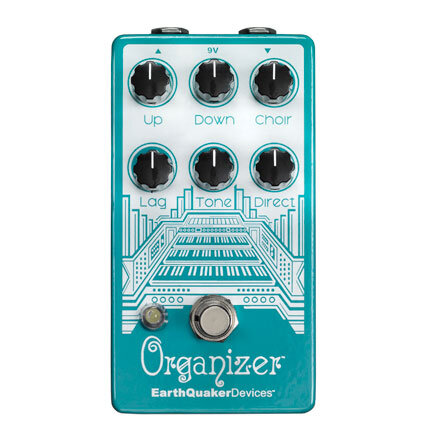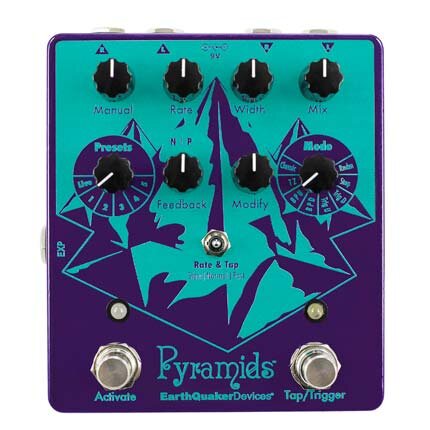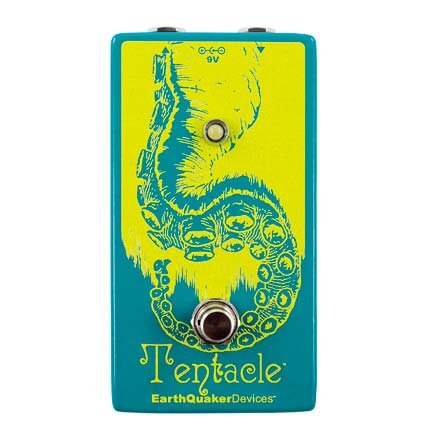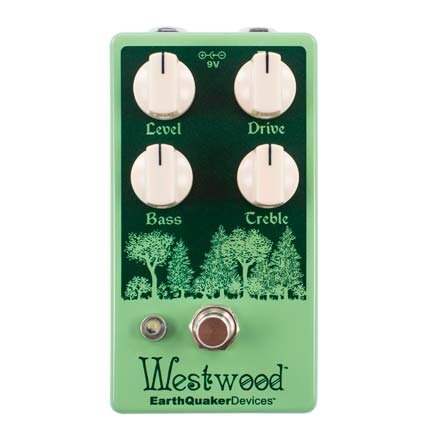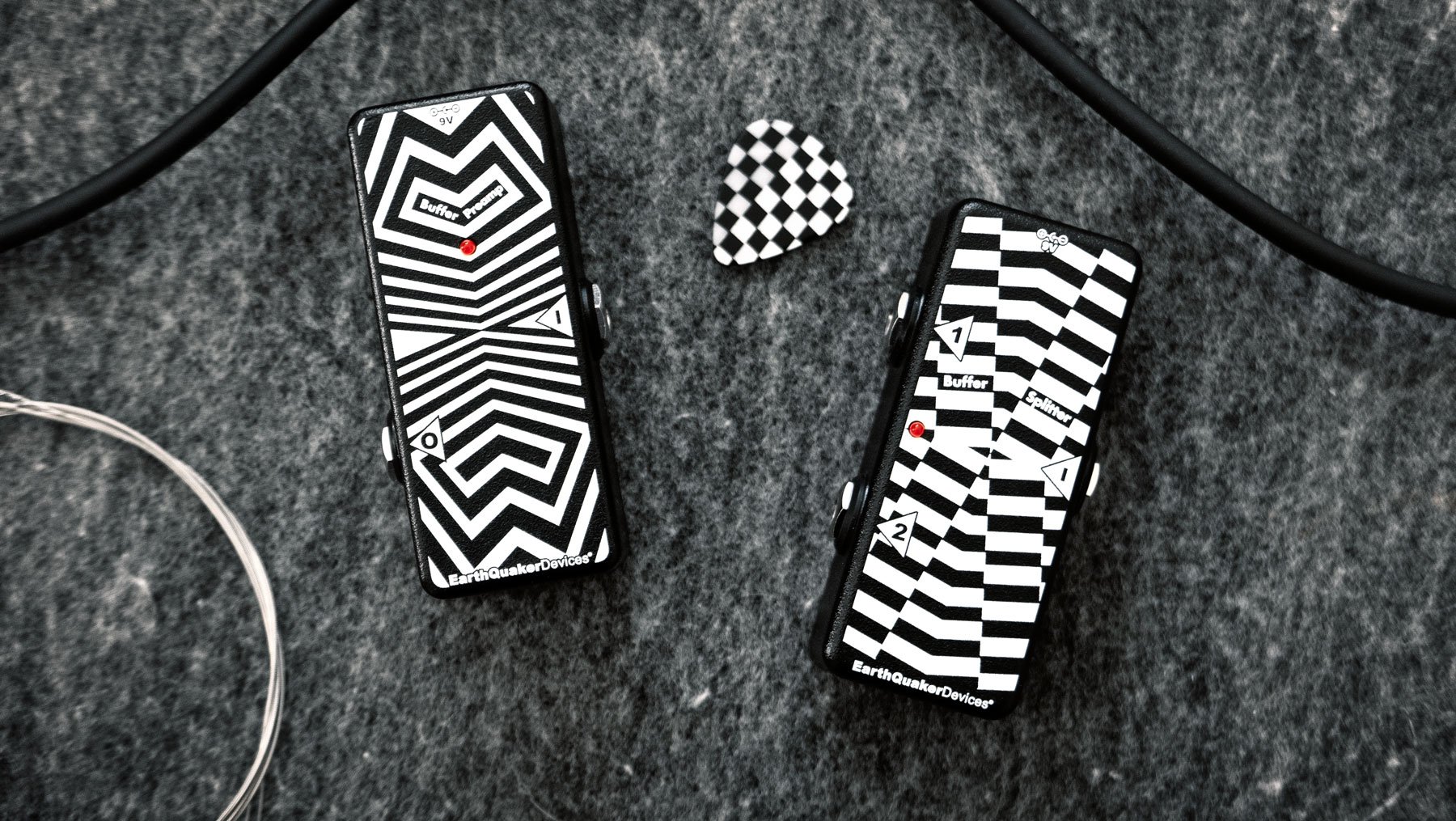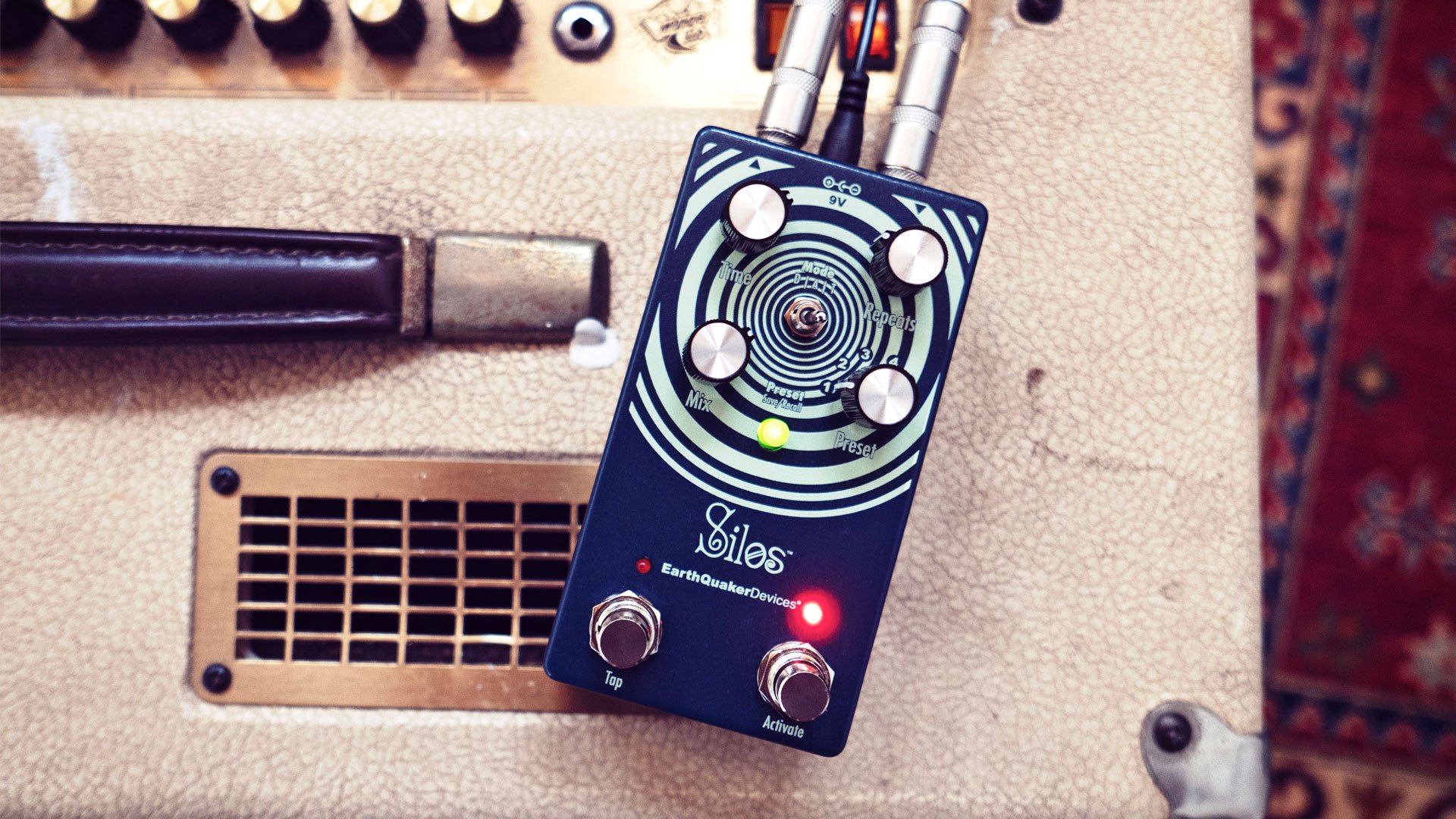Affect Your Synths With Effects!
Karl Vorndran
EarthQuaker Sales Manager, musician, and dedicated synth lover Karl Vorndran offers a short tutorial on how best to use EQD pedals with synthesizers, including what additional gear you will need to ensure the best possible mix of synth and effects.
While EarthQuaker Devices pedals were designed primarily for use on guitar, they can be used on most electronic instruments. My favorite use is on keyboards and synthesizers. While some synths include built-in effects, they often don’t sound the best, or if they sound good, they are limited in what parameters you can control. Plus, built-in effects do not have the sheer number of effects that pedals have to offer.
Most synthesizers use ¼” outputs that connect directly to pedals with standard instrument cables and usually sound fine. However, issues can arise with different signal levels and impedance. There are a few considerations to get the best results with the least amount of noise: output level, impedance, frequency range, and polyphony.
Synthesizers output unbalanced or balanced line-level signals that are many times hotter than guitar signals. Unbalanced line outputs are generally 0.316 V, balanced line outputs are about 1.2 V and guitar pickups output are around 0.1 V-0.3 V. Because the output of a synthesizer is so much hotter, you will generally get clipping [unwanted distortion] unless you reduce the output of the synths, but this can sometimes cause the signal to be too noisy. In that case, a re-amp box will lower the level while maintaining signal integrity.
Impedance can be an issue with some pedals. Though most synthesizers have a similarly high output impedance to a guitar, it varies based on the particular synthesizer. EarthQuaker pedals have an input impedance that is in a good range to match with most synthesizer signals. Input impedance issues generally arise with vintage fuzzes. However, you sometimes get extra noise or slightly off sounds connecting back to a mixer or interface. A direct box or D.I. can be used to convert unbalanced high-impedance signals to a balanced low-impedance signal that is better suited to a P.A. or recording interface.
My personal favorite solution for interfacing pedals with synthesizers is using an all-in-one re-amp/DI/effects interface like the Radial EXTC-SA or the discontinued Pigtronix Keymaster. They have similar key features: XLR and ¼” inputs and outputs, adjustable send and return levels, two separate effects loops, wet/dry blend, and transformer isolation. They allow you to not worry about the details of what you are connecting to, as they will interface with any input to any set of pedals and connect back to any amp, mixer, or interface, thus giving you the option to get the best sound with the least amount of noise.
Beyond the signal level differences, synthesizers generally have a much wider frequency range than guitars. Most of our modulation, reverb, and delays support a wide range, while overdrives and fuzzes have a more focused range with sub frequencies and very high frequencies lowered as guitars generally do not contain those frequencies. While you can use them with synthesizers and sound good, they usually will remove the lowest and highest frequencies.
Whether your synth is monophonic or polyphonic/paraphonic matters with our pitch and octave pedals. The Data Corrupter, Tentacle, and Bit Commander are monophonic and only track one note at a time. You can play multiple notes into the pedal, but it will glitch out, which often sounds great but is unpredictable. We have a few pitch/octave pedals that are polyphonic: the Organizer, which provides polyphonic octave up and down, and the Arpanoid, which creates arpeggios based on the notes played into it at the rate set by the internal clock.
While most EarthQuaker pedals work great on synthesizers, especially with re-/amp and DI boxes, some stand out specifically for synthesizers. The hi-fi sound of the Avalanche Run, combined with the versatility of having both reverb and tap-tempo delay, makes it a perfect companion to any synthesizer. For more bizarre reverb, the Afterneath and Astral Density can add ambient washes and unique modulation to any dry sound and go into more extreme territories than any built-in reverbs. The Rainbow Machine will pitch shift your signal with otherworldly pixie trails to push your synthesizer into a different dimension. The Pyramids flanger is our only full-stereo pedal. Due to its five preset slots and external triggering modes, it pairs nicely with full stereo synthesizers with multiple types of outputs like LFO and envelopes. The Westwood overdrive has a wide range from fully clean to medium breakup with active treble and bass controls. My favorite fuzz on synthesizers is the discontinued Terminal. It turns any boring synth into a raging lead and bass machine.
Malcolm X Abram is a recovering reporter and music writer and a proud 40 year guitar noodler. He lives, works and plays in the bucolic dreamland of Akron, Ohio in an old house with two dogs who don’t really like each other and way too many spiders.

